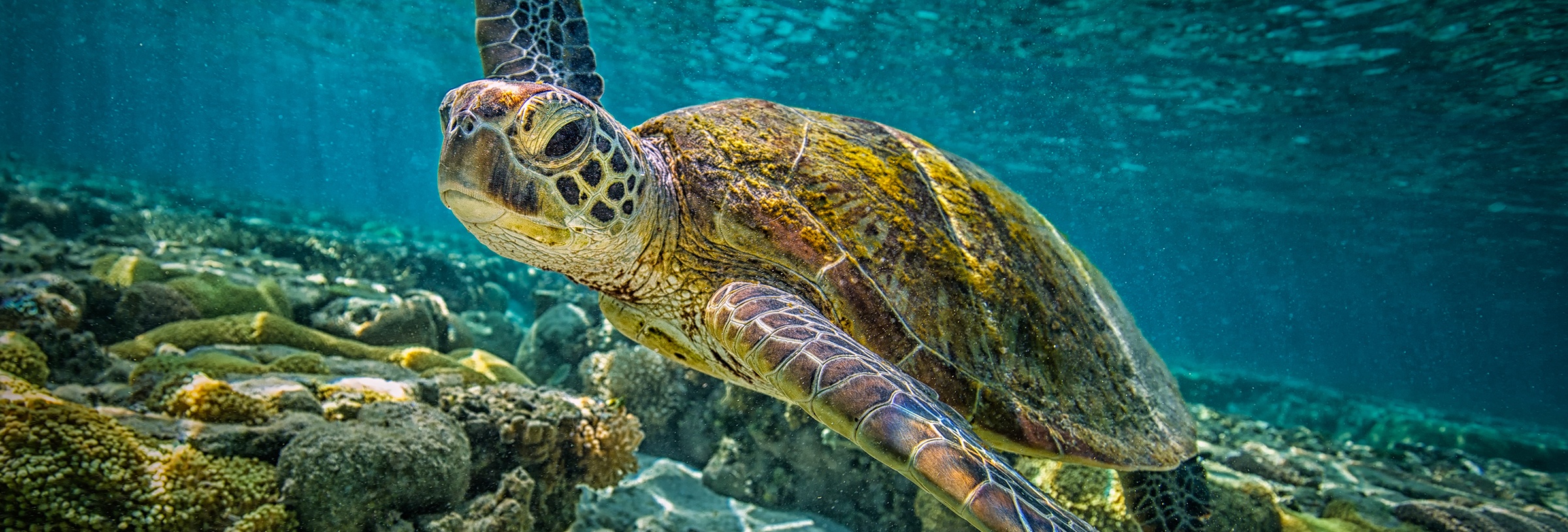In The Aransas Project v. Shaw, the Fifth Circuit reversed a lower court’s finding that the Texas Commission on Environmental Quality violated section 9 of the Endangered Species Act through its combined actions and inactions with respect to management of water diversions in the San Antonio and Guadalupe River systems. We reported on the lower court decision here. Provided the decision stands, it suggests that the standard for liability under section 9 is not a strict liability standard, but instead requires courts to assess whether take was reasonably foreseeable drawing on common law tort principles.
The lower court found that the actions of state defendants led to water diversions from the San Antonio and Guadalupe Rivers, which decreased outflows and led to increased salinity intrusion that reduced abundance of whooping crane prey, which caused the cranes to become emaciated and engage in stress behavior, and which in turn resulted in the deaths of 23 cranes in the winter of 2008-09.
The Fifth Circuit’s reversal hinged on its view that the lower court either misunderstood the relevant liability test or misapplied proximate cause when it held the state defendants responsible for remote, attenuated, and fortuitous events following their issuance of water permits. The touchstone for the Fifth Circuit’s analysis was the Supreme Court’s decision in Babbitt v. Sweet Home Chapter of Cmyts. For a Great Or., 515 U.S. 687 (1995). The Fifth Circuit cited Sweet Home for the proposition that the ESA should be read to incorporate ordinary requirements of proximate causation and foreseeability.
In applying the proximate cause standard, the Fifth Circuit held that the ESA must therefore mean that liability may be based neither on the ‘butterfly effect’ nor on remote actors in a vast and complex ecosystem. The Court went on to state that [n]owhere does the court explain why the remote connection between water licensing, decisions to draw river water by hundreds of users, whooping crane habitat, and crane deaths that occurred during a year of extraordinary drought compels ESA liability. The Fifth Circuit distinguished prior cases holding that conduct of State regulators could result in liability under section 9, opining that in those cases the regulatory activity applied to actions that directly killed or injured listed species or eliminated their habitat.
In the Fifth Circuit’s view, the number of contingencies affecting the chain of causation as well as the influence of unpredictable and uncontrollable forces of nature compelled a determination as a matter of law that proximate cause and foreseeability were lacking.
- Partner
Paul Weiland is Assistant Managing Partner and a member of the Environment & Land Use Group. He has represented clients – including public agencies, publicly regulated utilities, corporations, trade associations and ...
Nossaman’s Endangered Species Law & Policy blog focuses on news, events, and policies affecting endangered species issues in California and throughout the United States. Topics include listing and critical habitat decisions, conservation and recovery planning, inter-agency consultation, and related developments in law, policy, and science. We also inform readers about regulatory and legislative developments, as well as key court decisions.
Stay Connected
 RSS Feed
RSS Feed
Categories
- Alternative Energy
- Bald and Golden Eagle Protection Act
- Budget
- CEQA
- CESA
- Climate Change
- Congress
- Conservation
- Construction Projects
- Consultation
- Continuing Education
- Court Decisions
- Critical Habitat
- Delisting
- Endangered Species Act
- Event
- Fish & Wildlife Service
- Freedom of Information Act
- Government Administration
- Legal
- Legislation
- Listing
- Litigation
- Migratory Bird
- National Marine Fisheries Service
- NEPA
- Off Shore Wind
- Pacific Northwest
- project
- Publications
- Regulatory Reform
- Sacramento-San Joaquin Delta
- SEPA
- Speaking Engagements
- Supreme Court
- Texas
- Timberland
- Water Issues

